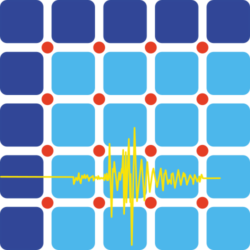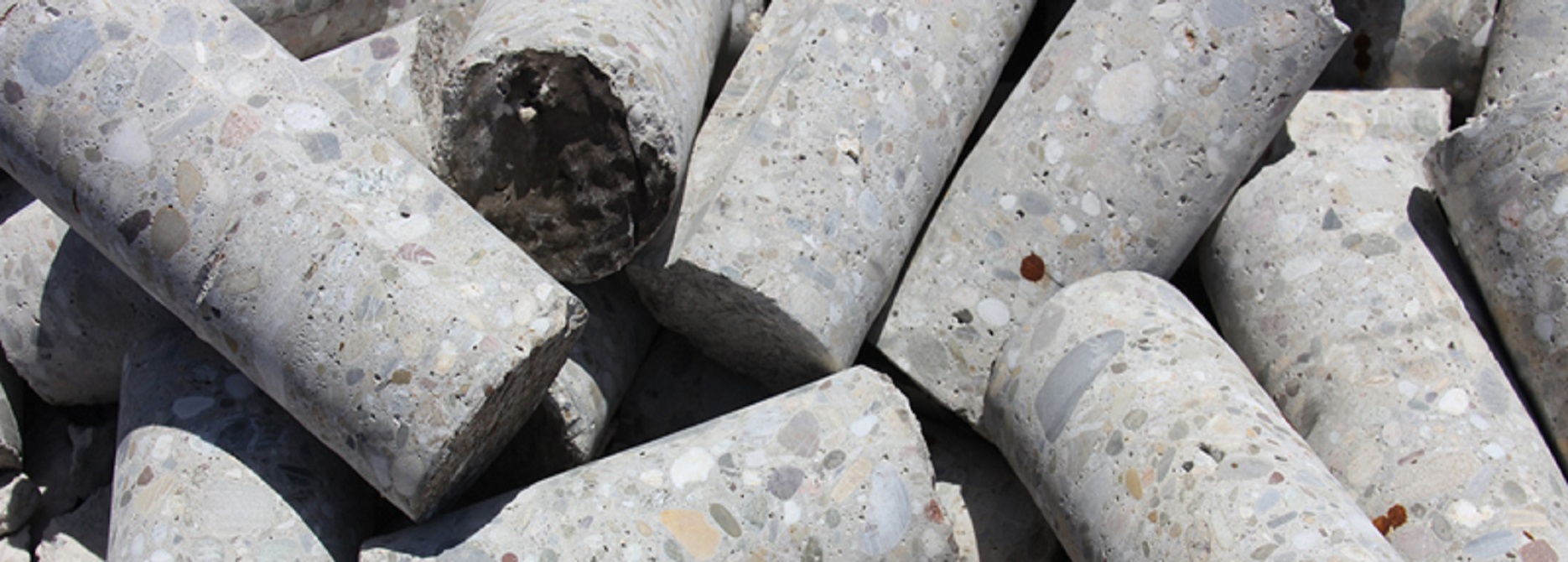Degradation and instability afflict existing buildings and structures and may represent a problem in terms of safety, comfort and low maintenance and/or repair costs.
Thermography
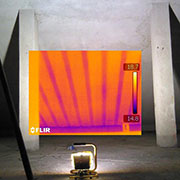
The thermographic analysis allows to evaluate important information on the whole “building” both for the purposes of static analyzes and for the preparatory checks for the Energy Certification.
APPLICATIONS: research for thermal bridges, analysis of transmittance characteristics, search for heterogeneity in the wall texture, identification of structural elements
EQUIPMENT: thermal imaging camera, surface temperature and humidity detectors
Rebars detector
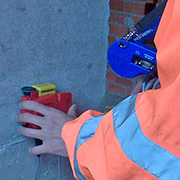
The pulse-induction method is based on electromagnetic pulse induction technology to detect rebars. Coils in the probe are periodically charged by current pulses and thus generate a magnetic field. On the surface of any electrically conductive material which is in the magnetic field eddy currents are produced. They induce a magnetic field in opposite directions. The resulting change in voltage can be utilized for the measurement. Rebars that are closer to the probe or of larger size produce a stronger magnetic field.
APPLICATIONS: search for reinforcing bars, localization of curbs, identification of floor ribs
EQUIPMENT rebars detector
Sclerometer
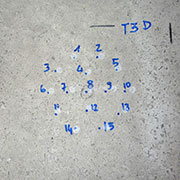
Through the sclerometric analysis it is possible to estimate the mechanical strength characteristics of the concrete in place.
APPLICATIONS: concrete walls, pillars and beams
EQUIPMENT Sclerometer, calibration anvil
Ultrasounds
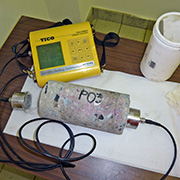
By using ultrasound waves it is possible to investigate the internal part of a concrete structure.
APPLICATIONS: homogeneity evaluation of concrete, detection of cavities or defects, integration with sclerometry (SON REB)
EQUIPMENT:Ultrasonic testing equipment
Chemical analyses
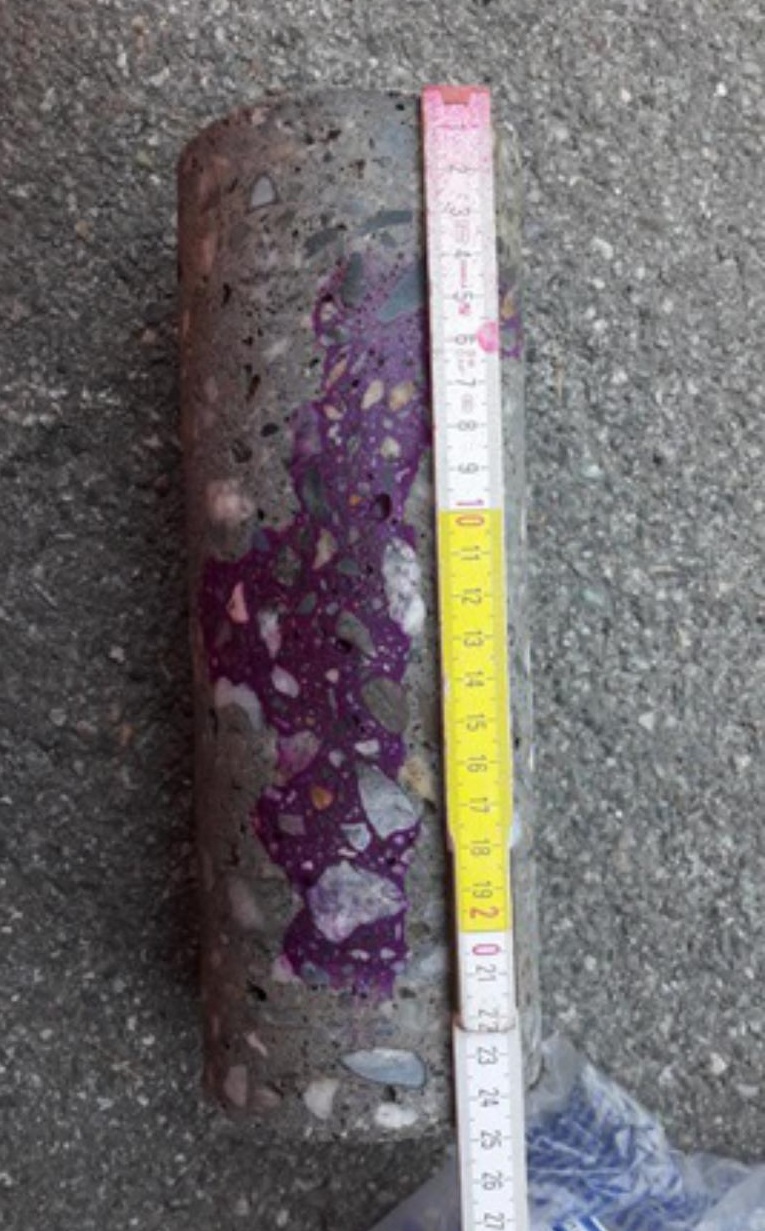
UNI EN 14630: 2007 “Products and systems for the protection and repair of concrete structures – Test methods – Determination of the depth of carbonation of a concrete hardened with the phenolphthalein method”. UNI 9944: 1992 “Corrosion and protection of concrete reinforcement. Determination of the carbonation depth and the penetration profile of the chloride ions in the concrete “.
APPLICATIONS: assessment of concrete integrity, carbonation effects, chloride effects
EQUIPMENT: enophthalein, fluorescin and silver nitrate
Corrosion measures
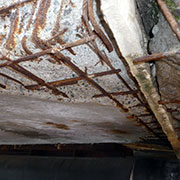
In the presence of particular environmental conditions (humidity, temperature, freeze-thaw cycles, chemical substances …) important corrosion phenomena of the reinforcement can be created. By measuring the electrochemical potential of the reinforcement bars under track it is possible to evaluate the state of corrosion or the potential evolutionary process.
APPLICATIONS: evaluation of the state of corrosion under trace, determination of the degree of vulnerability of reinforcement
EQUIPMENT: Corrosion monitoring instrument
Endoscopy
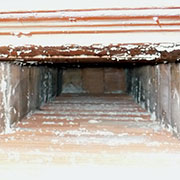
Through the execution of micro-holes (diameter 10 mm) it is possible to introduce a special fiber optic probe and record the images of the stratigraphy of architectural and structural elements.
APPLICATION: stratigraphy analysis, survey of structural details
EQUIPMENT: endoscopy
Durometer
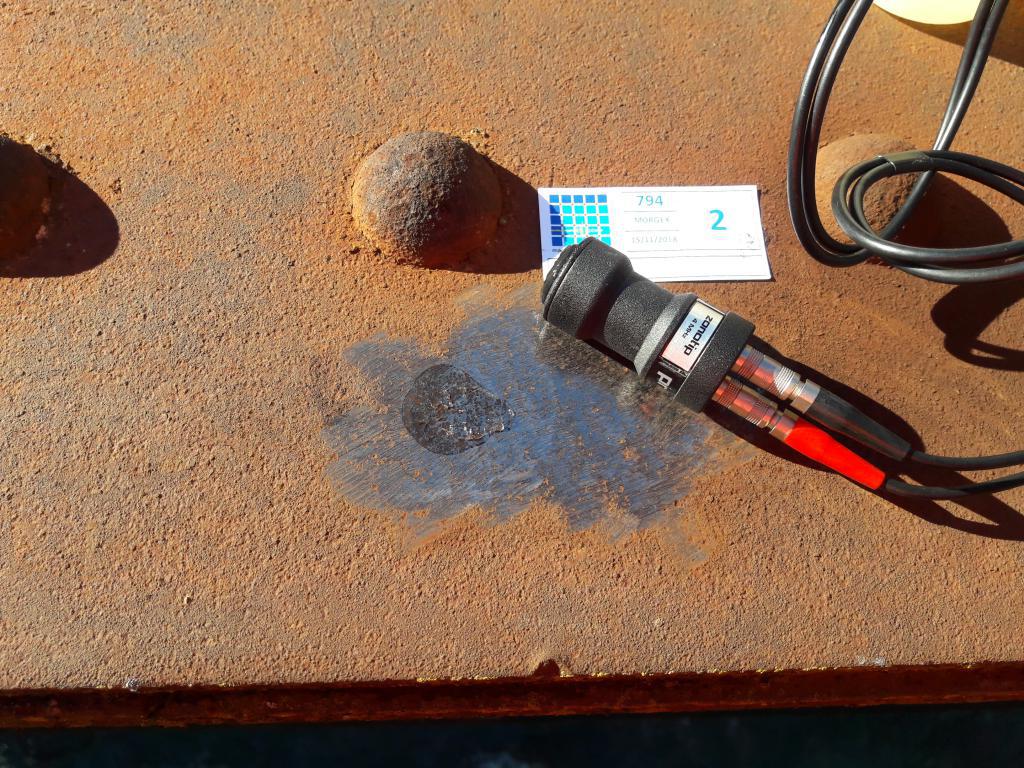
The evaluation of the mechanical characteristics of the structural steel can be carried out quickly by means of a portable LEEB hardness tester.
APPLICATIONS: valutazione delle caratteristiche meccaniche acciai strutture in sito
ATTREZZATURE: durometro portatile LEEB
Pull out
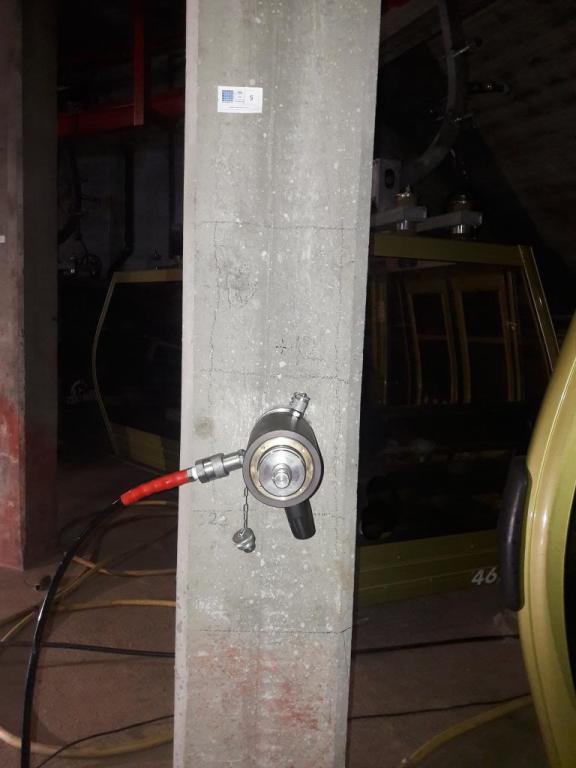
The determination of the mechanical characteristics of the concrete on site can be assessed using the pull-out method with post inserted plug. This methodology to be used alongside coring is much less invasive and can be implemented expeditiously on numerous structural elements.
APPLICATIONS: evaluation of the mechanical strength of the concrete on site
EQUIPMENT: “Thoro” © plug and pull out equipment
Drilling
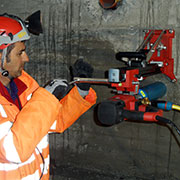
To determine the mechanical strength characteristics of the concrete in situ, cylindrical cores can be extracted for the preparation of specimens to be tested in the laboratory by means of compression tests.
APPLICATIONS:: evaluation of the resistance characteristics of the concrete in situ, determination of the carbonation depth, evaluation of the particle size of the concrete
EQUIPMENT: electric driven rail drilling machine
Sonic methodologies
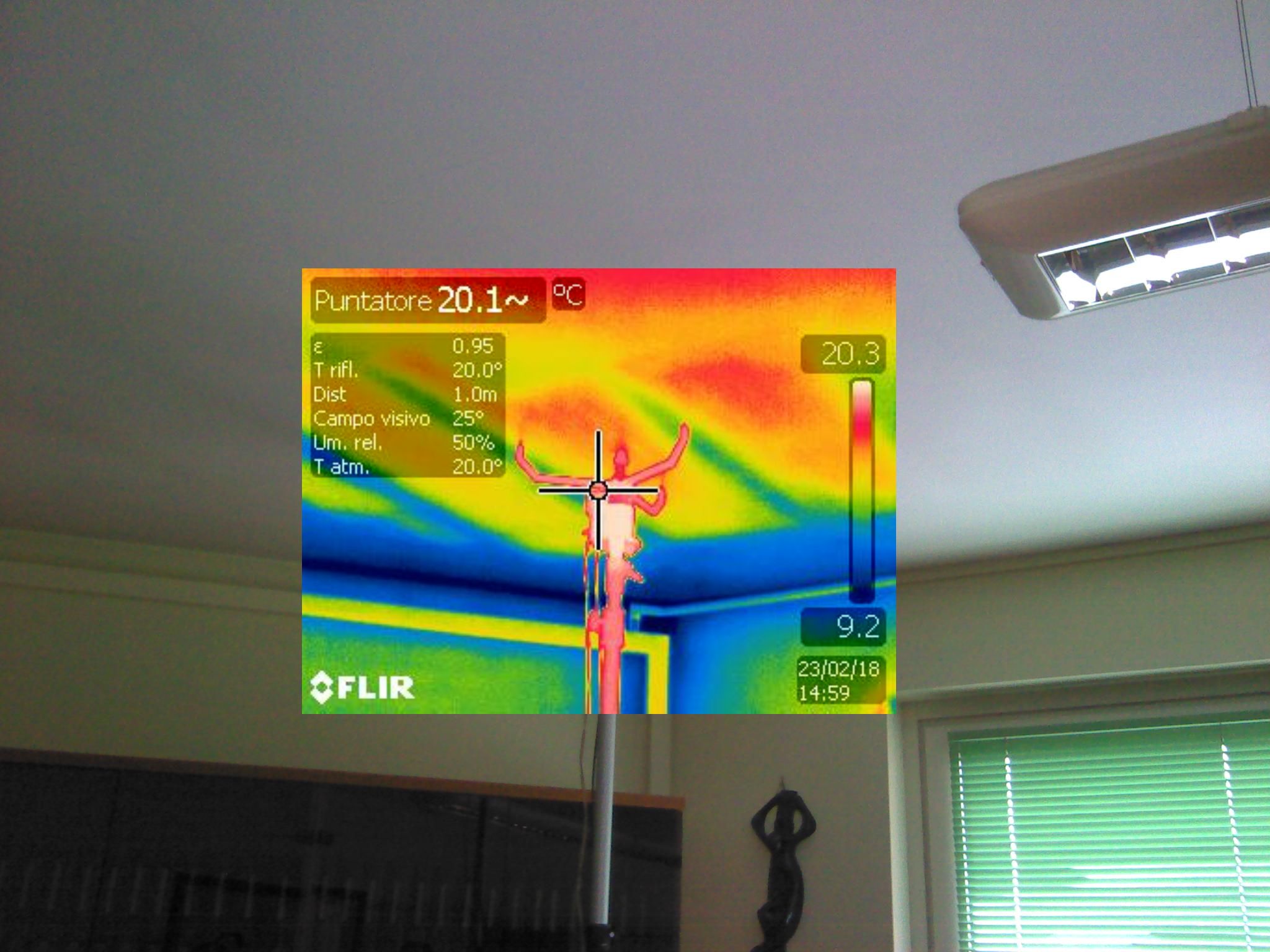
Through sonic analysis it is possible to evaluate the integrity characteristics of the intrados of hardy slabs.
APPLICATIONS: investigations, evaluation of the evolution of the phenomenon.
EQUIPMENT: telescopic rod, mechanical beater, precision microphone and data acquisition unit.
Cracks pattern
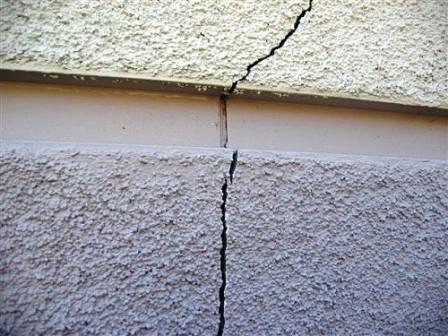
The comprehensive study of a building’s injuries facilitates the analysis of the causes of the ongoing failure.
APPLICATIONS: evaluation of seabed subsidence, pressures of buildings and land
EQUIPMENT: deformometer, optical sights, photographic patterns, optical microscope.
Optical microscope
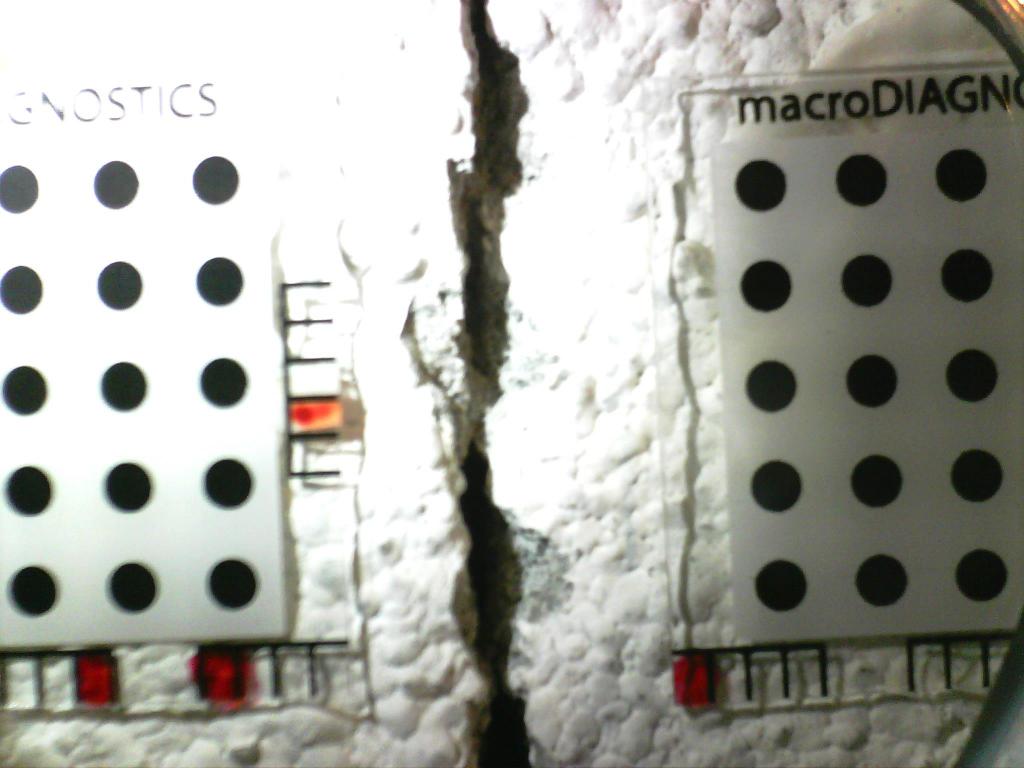
The analysis of the type, size and age of a lesion can be carried out by on-site analysis with a calibrated optical microscope and with digital image acquisition.
PROBLEM: age, size, type and evolution of a lesion
EQUIPMENT:
calibrated optical microscope
